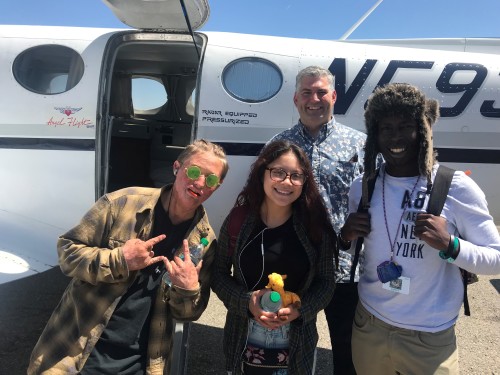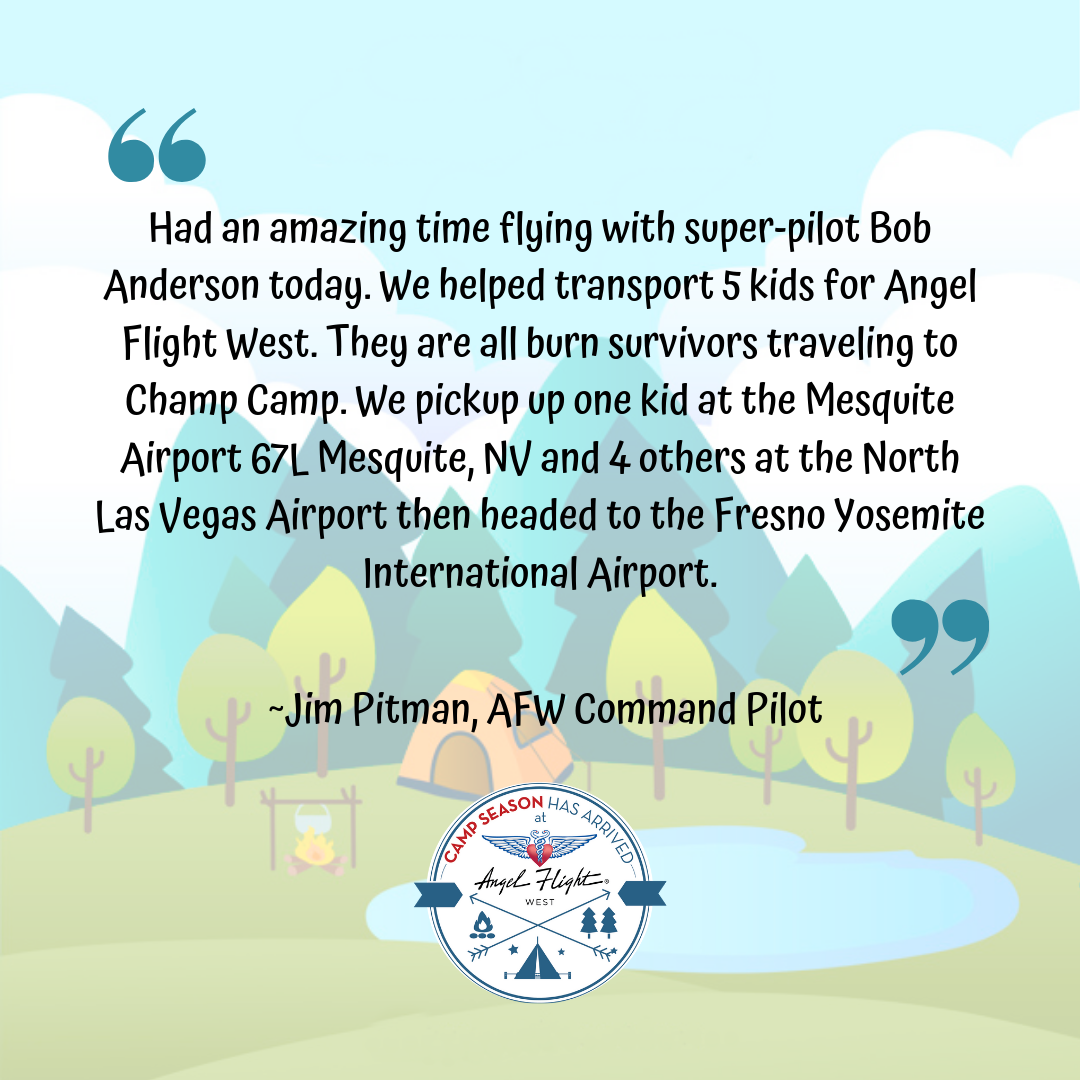Advanced analytics meets social good: How Angel Flight West optimizes flight routes for families in need?
 There are many great examples where advanced analytics have contributed to social good. North Star Alliance, for instance, uses optimization to find optimal locations for its mobile HIV-AIDS clinics in Africa. The Dutch Delta Program Commissioner used analytics to prevent flooding and was recognized with the 2013 Edelman Award. Most recently, we encountered Angel Flight West, a non-profit organization that is using AIMMS to optimize flight routes for families in need.
There are many great examples where advanced analytics have contributed to social good. North Star Alliance, for instance, uses optimization to find optimal locations for its mobile HIV-AIDS clinics in Africa. The Dutch Delta Program Commissioner used analytics to prevent flooding and was recognized with the 2013 Edelman Award. Most recently, we encountered Angel Flight West, a non-profit organization that is using AIMMS to optimize flight routes for families in need.
Angel Flight West (AFW) arranges free, non-emergency air transportation for children and adults with serious medical conditions and other compelling needs. The organization’s network of 4,000+ volunteer pilots donate their aircraft, piloting skills, and all flying costs to help families receive vital treatment that might otherwise be inaccessible because of financial, medical, or geographic limitations. In the summer months, they also run around 500 flights to transport children to summer camps like Camp Kindle (a camp for kids affected by HIV/AIDS), Champ Camp (a camp for burn survivors) and The Painted Turtle (a camp for children with serious medical conditions), among others. This past summer, AFW pilots flew 461 camp flights for 277 unique campers. They used an AIMMS model to plan the flight schedules and were able to save on 10 flights compared to the previous year through better planning.
We spoke with AFW’s Stephan Fopeano to learn more about their work.

Stephan, can you tell us more about your role at Angel Flight West?
I’ve been involved with the organization since 1989. I started as a volunteer pilot, flying missions. I don’t fly anymore, but I still help in any way I can. Five years ago, I took over managing the software package AFW uses to coordinate flights, and I do this for a dozen other organizations in the U.S. as well.
Can you tell us more about Angel Flight West and the kind of travel assistance you provide?
Sure. AFW works in 13 of the Western United States. We provide travel assistance with small planes at the regional level and work with commercial partners to arrange travel for patients in Hawaii and Alaska.
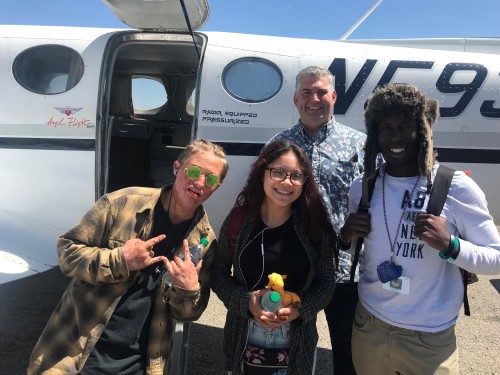
To illustrate the type of passengers we work with, I think it’s best if I recall some examples from my pilot years. One case that I remember flying, was for a woman who had to travel from Quincy, California, a remote area in the mountains, to a hospital in the Bay Area. She was suffering from ovarian cancer and needed to get there for treatment. Her husband drilled wells for a living and they had a truck with a drill at the back, which was not practical for long-distance travel. I picked her up for transport to the Bay Area.
Another case that is relevant to our current optimization project is flying children to special needs camps. These are camps that allow children with cancer and other life-threatening illnesses to have a summer camp experience like other kids get to have. I flew some kids to a camp for burn survivors. This was a very moving experience that stuck with me for the rest of my life.
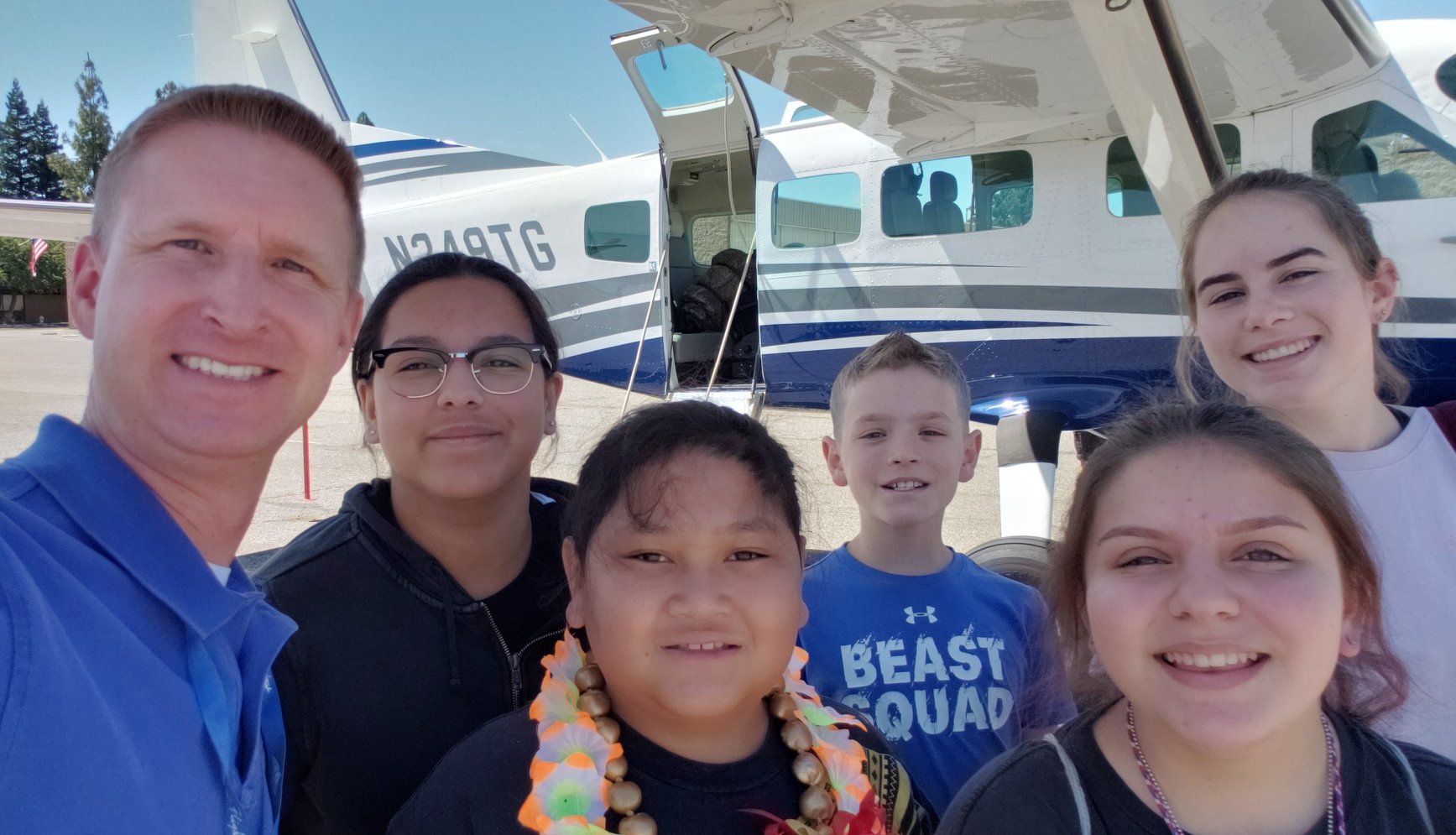
Those are very touching examples. Can you tell us how optimization came to play a role in this work?
Yeah, I follow the blog of a mathematician named John Cook. We had this vexing problem over the years, which is how to coordinate these summer camp flights. Typically, we have about 50- 60 kids, a fair number of people, coming from different areas. So, we might have 50 kids, 20 airports, all flying to the same place on one day, and then we’d have about 30 pilots who agreed to fly. We had to figure out how to assign those 50 kids in 20 airports to those 30 pilots in an optimum way.

I wrote to John out of the blue to ask if he could see a mathematical solution. John was very kind to write back and said I should contact Willem-Jan van Hoeve [Carnegie Bosch Associate Professor of Operations Research from the Tepper School of Business at Carnegie Mellon]. He’s known as an expert in the field.
What happened after that?
I took another chance and wrote to Willem. He basically jumped right on it and presented the problem to his students at the Tepper School. I gave them the parameters and data. We had a couple of phone calls and he came back a few weeks later with a solution built in AIMMS.
How did you do things before getting acquainted with AIMMS?
Everything was done manually before this. In the past, we had people on a whiteboard hacking at the routing problem for several days. Almost always, you’d have someone who’d say “Oh I can’t make it” and you’d have to throw everything out and start all over again. This was very tedious and time-consuming. We needed to find a more user-friendly and effective solution.
The tool Willem built with his students allows us to put the data in, click a button and wait a few seconds to get a feasible plan. The AIMMS platform facilitates this kind of problem-solving with ease.
This quote from our lead mission coordinator, Anne Paik, summarizes the benefits quite nicely:
“Thank you to Carnegie Mellon and AIMMS for donating the Camp Optimizer to Angel Flight West. It’s proved to be a valuable tool during camp season. For example: Campers for Champ Camp, come from points all across California, southern Oregon and Nevada. In the past, coordinators matched campers and pilots by hand, using maps and calculators and pens. The Camp Optimizer tool did much of the legwork and calculation behind the scenes, and saved us a lot of time and energy.” – Anne Paik
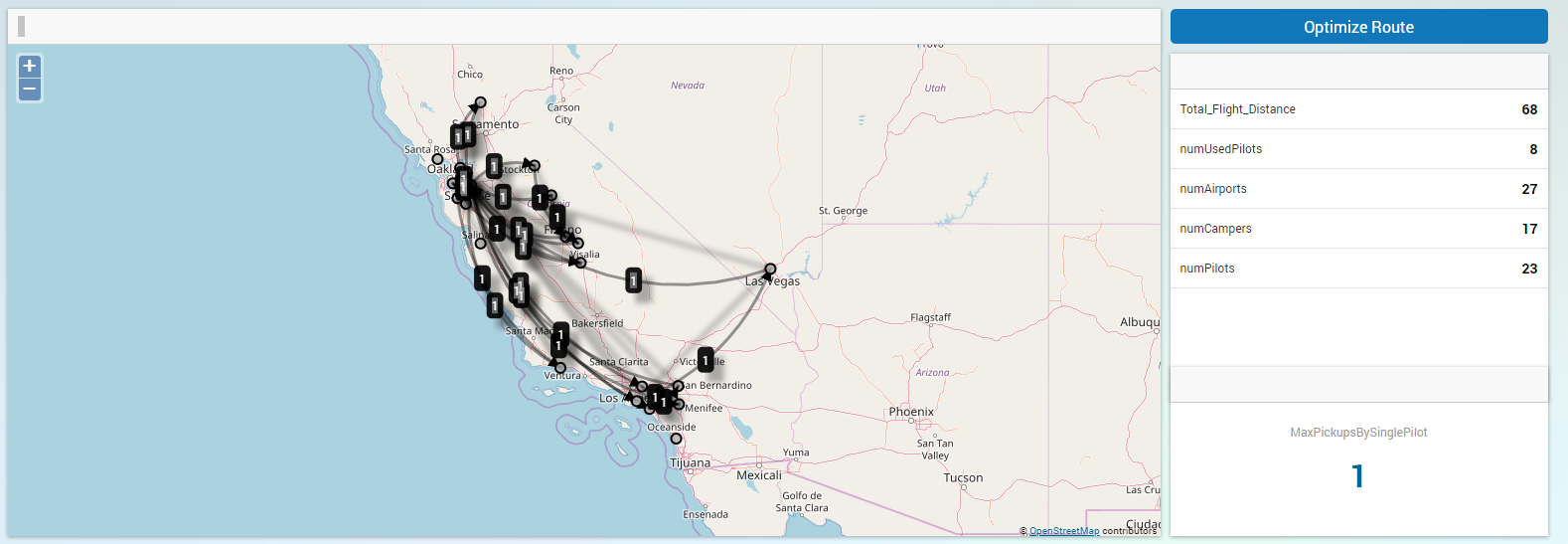
How many people will use the AIMMS-based App in total?
We just started using the solution, which came in handy for the summer season. I’m currently training the coordinators at Angel Flight West and other groups. Eventually, a dozen people will use the AIMMS platform. Angel Flight West is in Santa Monica, one of the other groups is in Kansas City, and there are others in Long Island and Florida who will use it.
What kind of data do you process in the App?
We input data through a spreadsheet upload. This data includes the number of passengers and their location, destinations, and pilot details (such as the number of seats, weight, and dates they have available). This is all processed in the tool and then we match up the right planes with the right campers, so they fly to pick them up.
What has been the biggest improvement since you started using AIMMS?
Definitely time savings, especially during the summer months. AIMMS also allows us to minimize travel for the pilots, while maximizing their weight and fuel utilization. They can fill the seats and weight based on their aircraft type but minimize travel distance, so flights are performed as efficiently as possible.
If our pilots can save an hour of flying time, which can translate to hundreds or even thousands of dollars, then they can use those savings to help someone else. In other words, we are optimizing pilot donations, which are in the thousands of dollars. This year, we went down 10 missions thanks to better flight routes and schedules, saving the pilots hundreds of dollars in fuel.
What’s on your wish list to improve next?
We do about 2 thousand different routes at Angel Flight West and more than 4,500 flights per year. At a country-wide level, AFW and similar organizations run nearly 10,000 flights per year, so there’s a lot of potential for optimization.
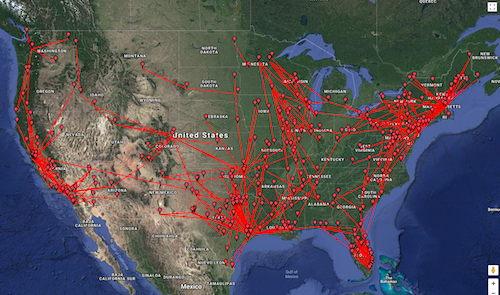
Let’s say you have a number of airports to choose from, like in a big metropolitan area. We will often pick those airports arbitrarily, but we’re missing an opportunity to choose specific routes based on the availability of resources. We could optimize our choices for airports and our choices for specific planes or pilots as well.
We could also line up two people who travel similar routes and develop a system to allocate resources more effectively, like assigning jets to longer trips but avoiding them in shorter trips. That is an opportunity we really can’t get our mind around and AIMMS could really help us there. The fact that the solution is deployed in the cloud, makes it easy to collaborate on.
AIMMS also allows us to minimize travel for the pilots, while maximizing their weight and fuel utilization. – Tweet this
Help Angel Flight West arrange air travel for those in need! Donate today.

